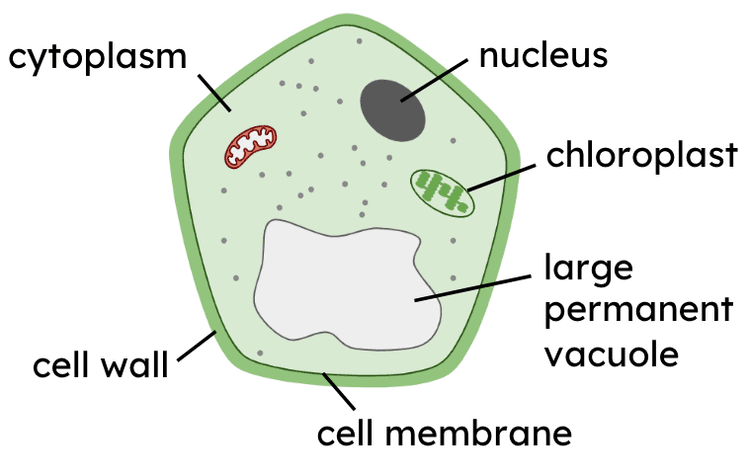Obtaining the elements needed to make biological molecules
I can describe which chemical elements make up carbohydrates, proteins and lipids, and where producers and consumers get these elements from.
Obtaining the elements needed to make biological molecules
I can describe which chemical elements make up carbohydrates, proteins and lipids, and where producers and consumers get these elements from.
These resources will be removed by end of Summer Term 2025.
Switch to our new teaching resources now - designed by teachers and leading subject experts, and tested in classrooms.
These resources were created for remote use during the pandemic and are not designed for classroom teaching.
Lesson details
Key learning points
- All carbohydrates, proteins and lipids are made of the elements carbon, hydrogen and oxygen.
- All proteins and some lipids also contain the element nitrogen.
- Producers obtain carbon and oxygen from the air, hydrogen from water, and nitrogen from the soil.
- Consumers cannot use carbon from carbon dioxide in air to make biological molecules; only producers can do that.
- Consumers absorb oxygen from the air but get all their carbon and nitrogen by eating producers.
Keywords
Autotrophic - An organism that can make its own food, such as a plant or other producer.
Abiotic - The non-living parts of an ecosystem, such as the atmosphere.
Photosynthesis - The process carried out by plants that converts carbon dioxide and water into glucose and oxygen.
Producer - An organism that produces its own food, such as a plant.
Consumer - An organism which must eat other organisms in order to obtain food.
Common misconception
That plants absorb nitrogen from the atmosphere, and animals do not need plants to obtain carbon, so plants are not necessary for food.
How plants obtain carbon and nitrogen, and the reliance that consumers have on producers for these inorganic elements is covered in detail.
To help you plan your year 10 biology lesson on: Obtaining the elements needed to make biological molecules, download all teaching resources for free and adapt to suit your pupils' needs...
To help you plan your year 10 biology lesson on: Obtaining the elements needed to make biological molecules, download all teaching resources for free and adapt to suit your pupils' needs.
The starter quiz will activate and check your pupils' prior knowledge, with versions available both with and without answers in PDF format.
We use learning cycles to break down learning into key concepts or ideas linked to the learning outcome. Each learning cycle features explanations with checks for understanding and practice tasks with feedback. All of this is found in our slide decks, ready for you to download and edit. The practice tasks are also available as printable worksheets and some lessons have additional materials with extra material you might need for teaching the lesson.
The assessment exit quiz will test your pupils' understanding of the key learning points.
Our video is a tool for planning, showing how other teachers might teach the lesson, offering helpful tips, modelled explanations and inspiration for your own delivery in the classroom. Plus, you can set it as homework or revision for pupils and keep their learning on track by sharing an online pupil version of this lesson.
Explore more key stage 4 biology lessons from the Biological molecules and enzymes unit, dive into the full secondary biology curriculum, or learn more about lesson planning.

Licence
Starter quiz
6 Questions

For energy and storage.
For growth and repair.
For energy storage, insulation and to make cell membranes.
Exit quiz
6 Questions
water
air
soil




non-living parts of an ecosystem
living parts of an ecosystem
organism that can make its own food, such as a plant


